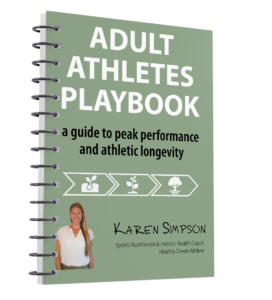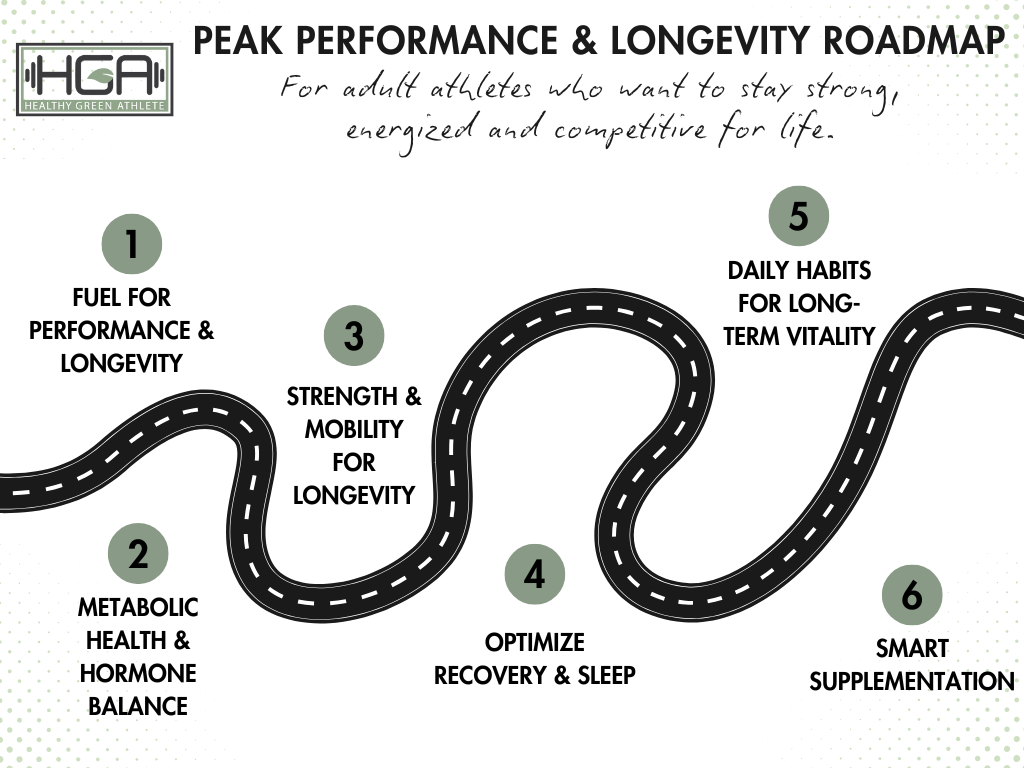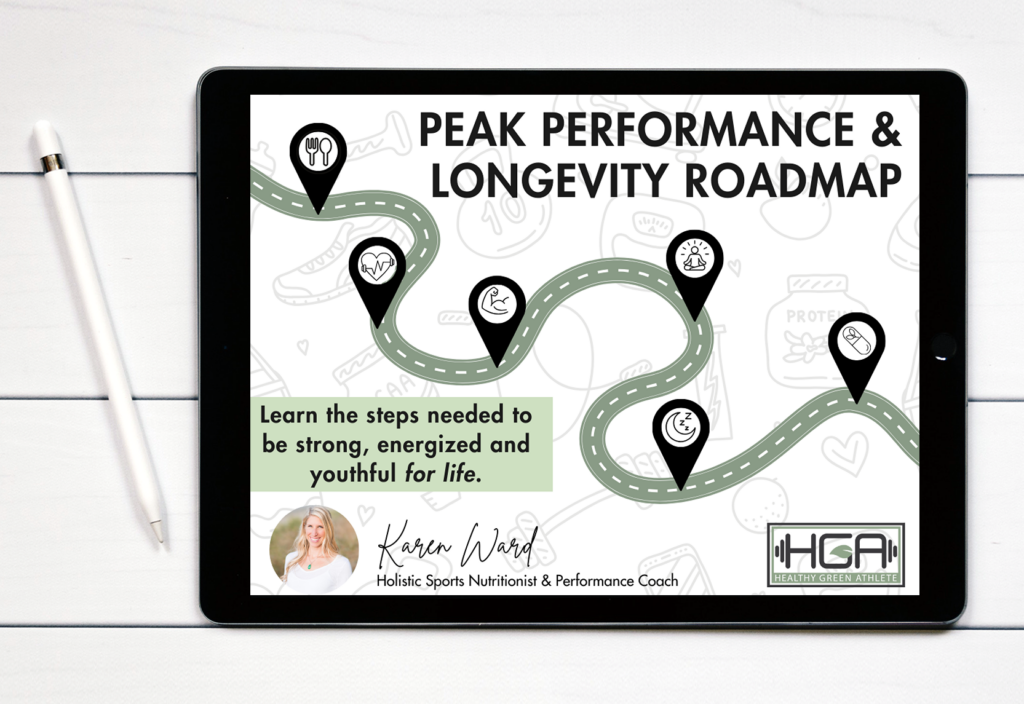Hormones are chemical messengers that play a significant role in many biochemical pathways in humans. Every single cell in our body has specific receptors (or binding sites) that respond when a hormone compound connects to it. We can think of the hormone as a key, and the receptor on the cell is the lock. The key unlocks the lock and opens a door that corresponds to a certain cellular function. For example, when cortisol, also known as the stress hormone binds to a cell membrane, a “door” opens which allows for a surge of energy in the form of glucose to flood into that cell. This surge of energy corresponds to our “fight or flight” response when we are faced with danger.
Hormones control the way that cells, tissues, organs, and systems function and an imbalance of these important messengers can cause a variety of undesirable symptoms to occur throughout the body.
Endocrine-disrupting chemicals (EDCs) are synthetic, or man-made, chemicals in the body that resemble hormones but exhibit a different response from their natural counterpart. The hormones they most commonly mimic are female sex hormones, testosterone, and thyroid hormones. These imposter hormones bind to receptor sites, but the locking mechanism doesn’t function properly. It could cause the door to open and remain open instead of closing like it normally should. Or it could cause the door to not open at all, or only part-way.
Exposure to these chemicals not only mimics our own hormonal processes, but they alter the release of our own hormones thereby further resulting in hormone imbalance. These endocrine-disrupting chemicals are used in many technology-driven activities. They are present in food, water, air, homes, food, and even in our clothing.
Some examples of EDCs include DDT, plasticizers (such as bisphenol-A or BPA), parabens, many pesticides, PCBs, and many pharmaceutical compounds. BPA is an EDC that has been well-studied but there are other similar compounds found in most plastics. Parabens are another well-studied chemical that is a common ingredient in cosmetics. EDCs are everywhere. They are found in many man-made products including single-use plastics, toys, cosmetics, detergents, household cleaners, artificial sweeteners, preservatives, scented candles, anti-microbial products (such as shower curtains and cutting boards), and other personal care products.
EDCs have the potential to affect reproductive, behavioral, neurological, and immune system health. Science has connected EDCs to obesity, lower fertility, certain cancers, and endometriosis. They also pose a greater risk to women who are pregnant and to their developing babies.
The list of negative effects from exposure to these chemicals goes on and on. These effects also include:
- Sleep disorders
- Developmental problems in children and infants
- Weakened immune system
- Depression
- Diabetes
- Heart disease
- Autism
- ADHD
- Neurological problems
- Mental illness
The Environmental working group focuses its efforts on identifying a list of foods with the highest levels of toxins, including EDCs. You can find their Dirty Dozen List of foods and how you can avoid them here. Here are a few additional tips to reduce your exposure to these hormone-altering compounds.
- Using glass or stainless steel water bottles instead of plastic.
- Use steel, copper, or aluminum cookware without a non-stick coating
- Eat organic fruits and vegetables (especially those listed on EWG’s Dirty Dozen list since those are the ones that are highest in pesticides).
- Buy a suitable water filter that removes as many contaminants from your water as possible
- If you buy canned goods, look for cans that have linings that are BPA-free. Better yet, buy fresh or frozen instead.
- Avoid all plastic containers, toys, and bags. And never, ever microwave food in plastic containers.
- Avoid products that have “fragrance” listed on the label since this is a catch-all term for many endocrine-disrupting chemicals.
- Eat wild fish in moderation, or choose a sustainably raised product if you eat a lot of fish
- Use non-toxic cleaners in your home
- Avoid stain-resistant and wrinkle-free fabrics
Research on Endocrine Disrupting Chemicals:
– Natural Resources Defense Council
– Environmental Working Group
– The Endocrine Society
– World Health Organization
– National Institute of Environmental Health Sciences (NIEHS)
– American Academy of Pediatrics














2 Comments
Pingback:
Pingback: